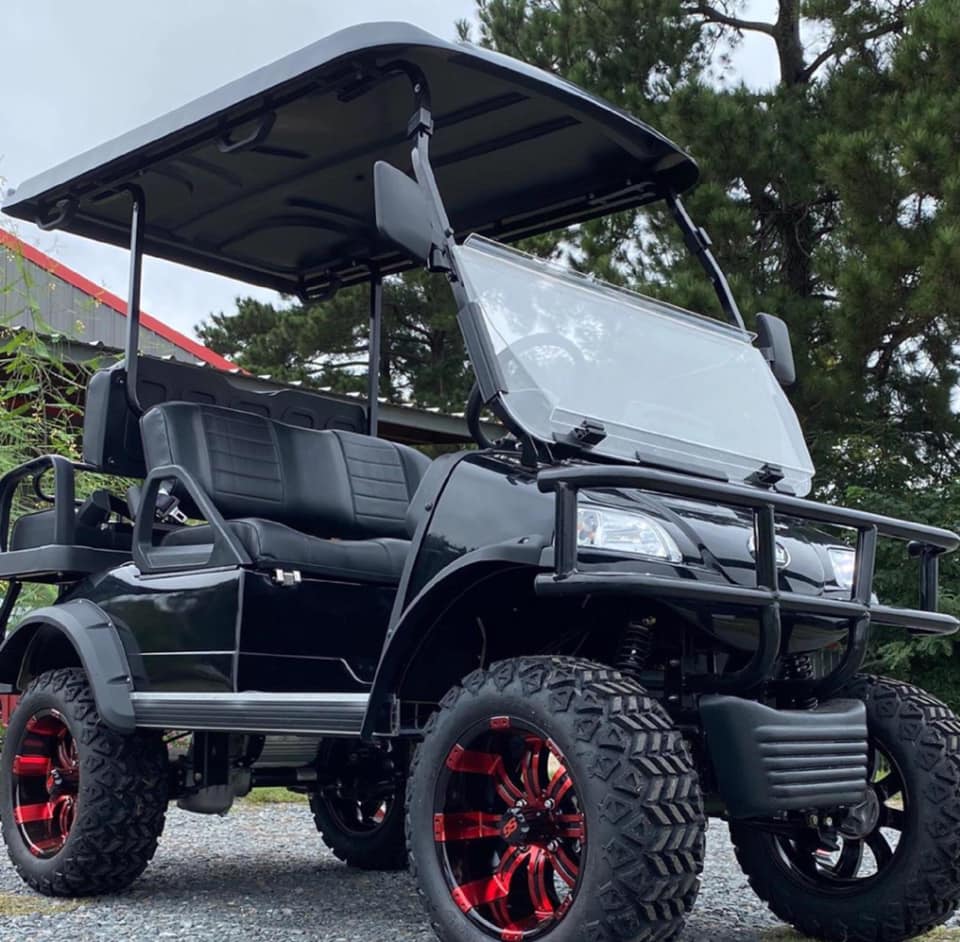Address
US Headquarters
15865 Quality Wy,
Chino, CA 91708
909-590-4922
Work Hours
Monday to Friday: 8AM - 5PM
Weekend: CLOSED
Address
US Headquarters
15865 Quality Wy,
Chino, CA 91708
909-590-4922
Work Hours
Monday to Friday: 8AM - 5PM
Weekend: CLOSED





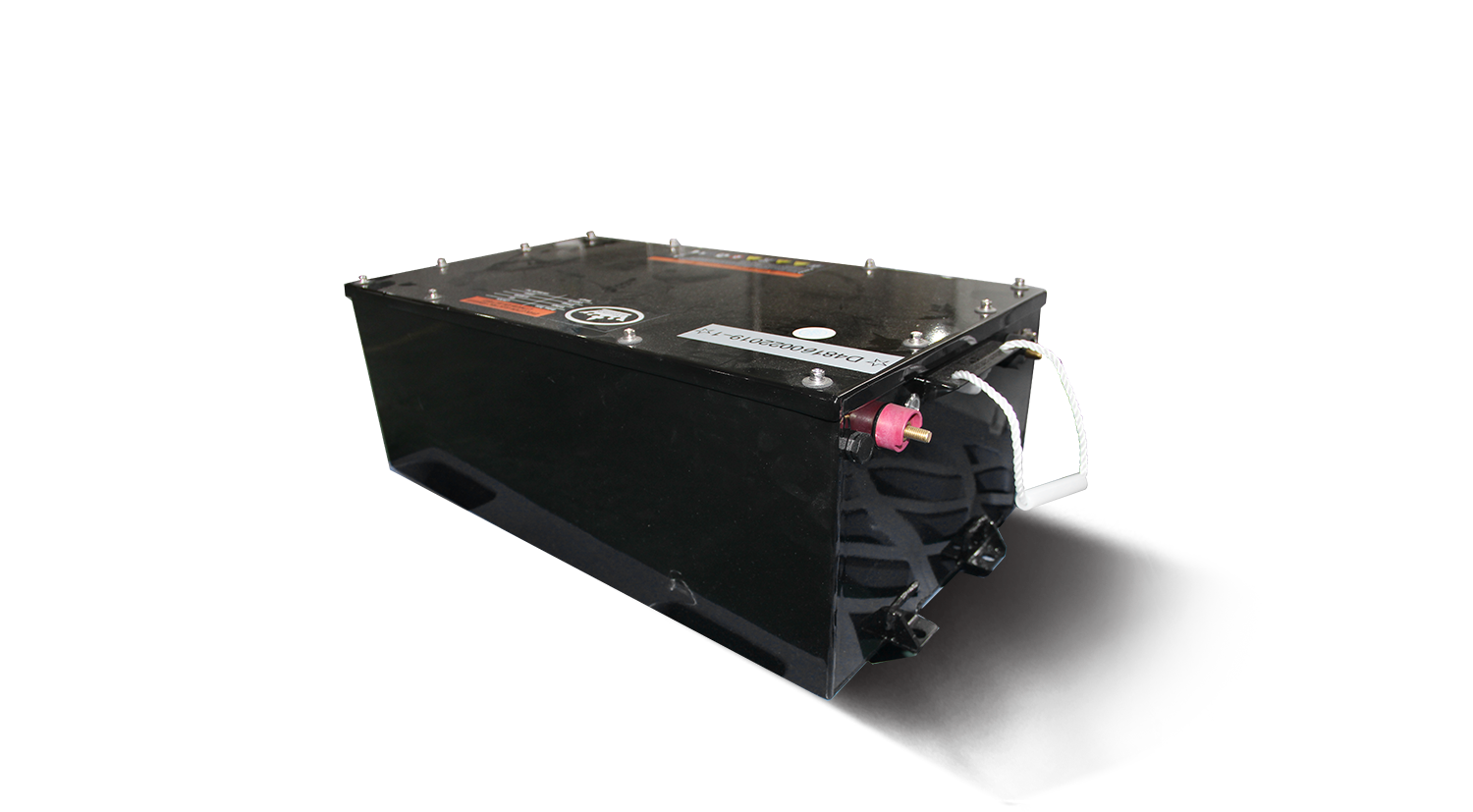
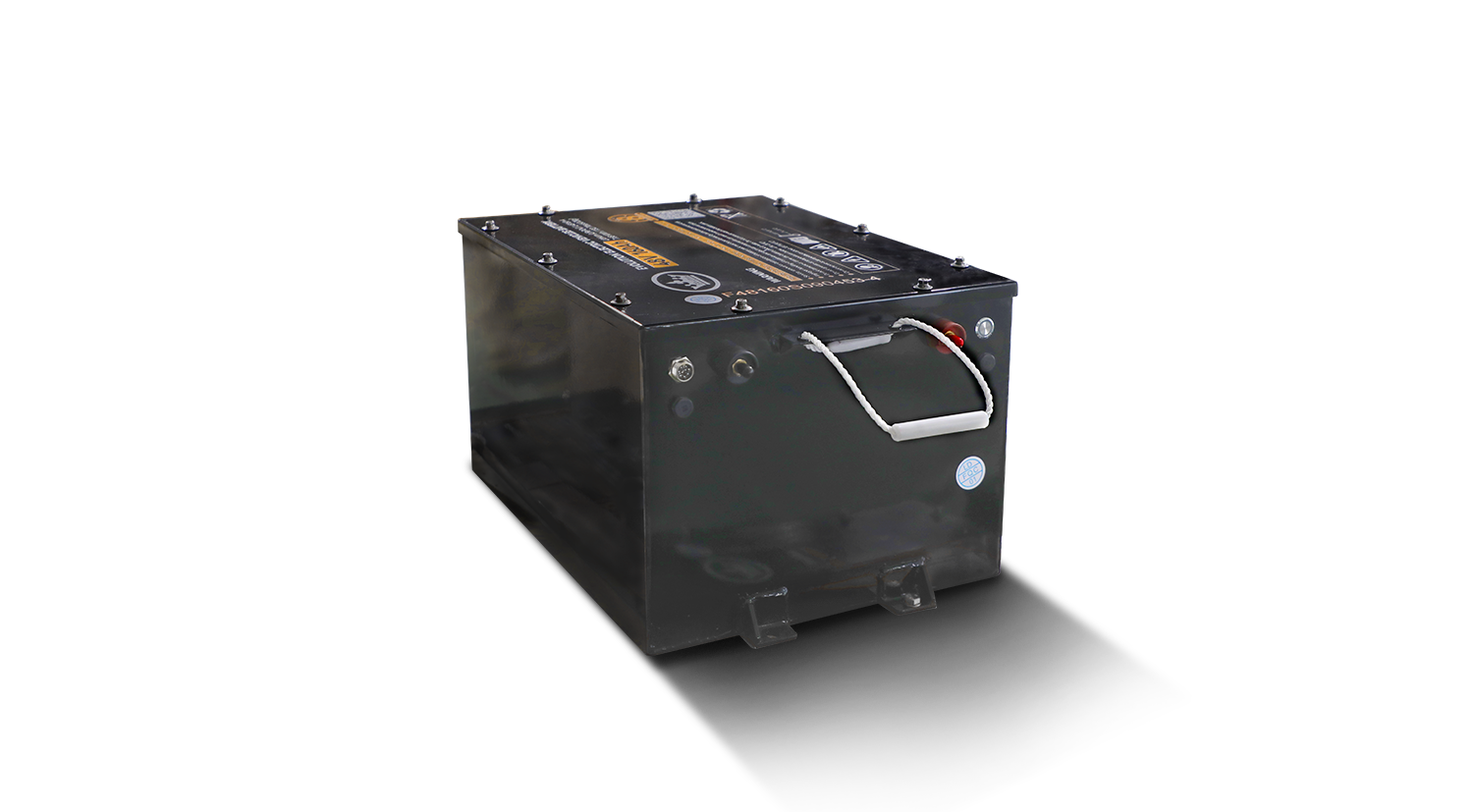
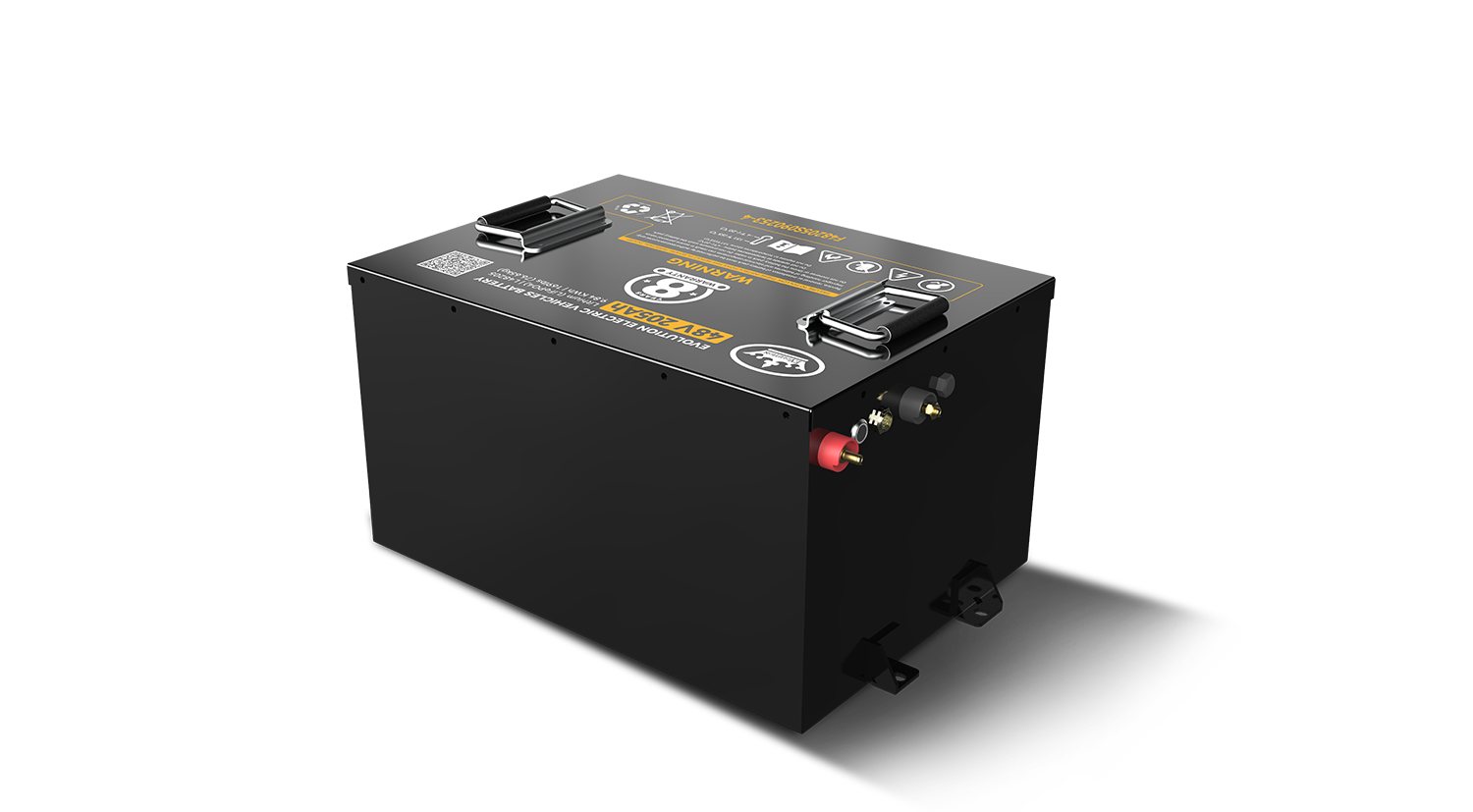
on your purchase from Evolution Electric Vehicle, the manufacturer of the world’s most trusted batteries. The battery you purchased was engineered by EVOLUTION to deliver superior power, performance, durability, and reliability for use in a broad range of demanding applications. Our goal is to provide reliable energy storage solutions that enhance the way people live and work around the world.
Lithium batteries consistently deliver more power to the motor with higher efficiency while requiring minimal maintenance. Just charge your battery, and you’re good to go. A lithium battery can reduce your electric bill as it’s up to 96% efficient and accepts both partial and rapid charging.
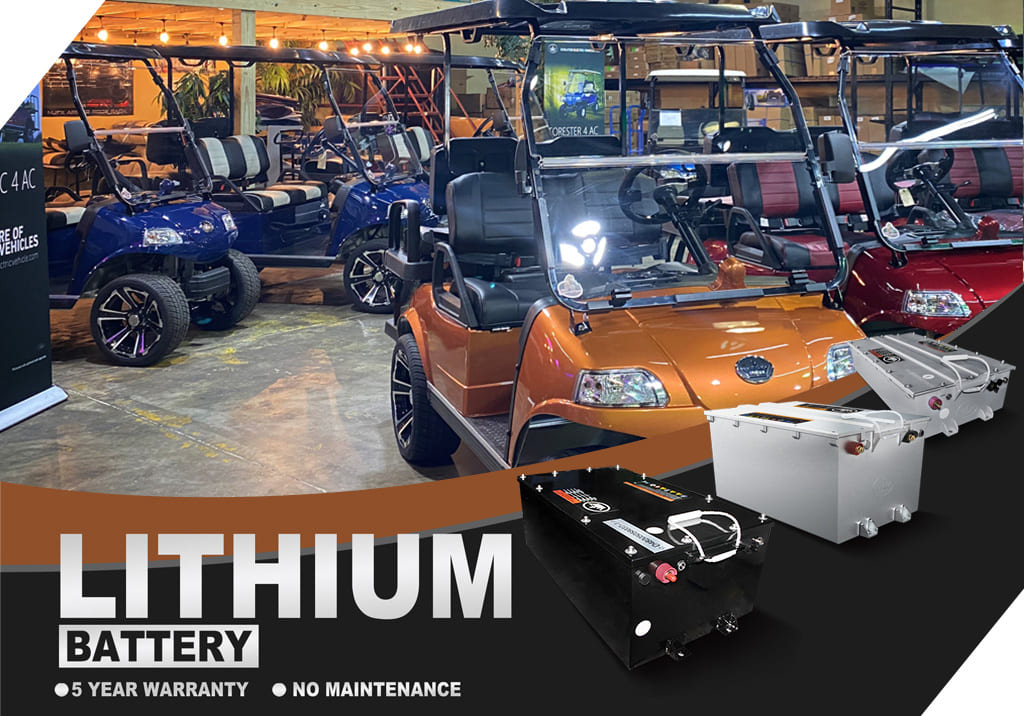
Technical specification
Nominal voltage:48V Nominal capacity: 100Ah Stored energy:4.8kwh Life cycles:>3500 times
Self discharge:max 3.2% per month Mileage (2 seat at 13mph): 40-50miles/full charging Continuous charge current: ≤70A Continuous discharge: 100A
Maximum discharge current: 3C(30s) Quick charging time: 1-2h Standard charging time: 4-5h
Charge temperature range: 32°F to 110°F (0°C to 45°C)
Discharge temperature range: -4°F to 140°F (-20°C to 55°C)
Storage temperature range:-4°F to 113°F (1month)(-20°C to 45°C) 32°F to 95°F (1year)(0°C to 35°C)
General specification
Cell combination: 15 in series circuit Cell assembly: 3.2V100Ah Casing material: Aluminum Alloy Weight:86.2lbs(39.1kg)
Dimension(L*W*H):27.2*13.8*5.9in IP rate:IP66
Technical specification
Nominal voltage:48V Nominal capacity: 105Ah Stored energy:5.04kwh Life cycles:>3500 times
Self discharge:max 5% per month Mileage (2 seat at 13mph): 40-50miles/full charging Continuous charge current: ≤70A
Continuous discharge: 105A Maximum discharge current: 3C(30s) Quick charging time: 1-2h Standard charging time: 4-5h
Charge temperature range: 32°F to 131°F (0°C to 55°C) Discharge temperature range: -4°F to 131°F (-20°C to 55°C)
Storage temperature range:-4°F to 113°F (1month)(-20°C to 45°C) 32°F to 95°F (1year)(0°C to 35°C)
General specification
Cell combination: 15 in series circuit Cell assembly: 3.2V105Ah Casing material: Steel with rust-resistant coating Weight:95.9Ibs(43.5kg) Dimension(L*W*H):21.6*13.9*9.1in IP rate:IP66
Technical specification
Nominal voltage:48V Nominal capacity: 105Ah Stored energy:5.04kwh Life cycles:>3500 times
Self discharge:max 5% per month Mileage (2 seat at 13mph): 40-50miles/full charging Continuous charge current: ≤70A
Continuous discharge: 105A Maximum discharge current: 3C(30s) Quick charging time: 1-2h Standard charging time: 4-5h
Charge temperature range: 32°F to 131°F (0°C to 55°C) Discharge temperature range: -4°F to 131°F (-20°C to 55°C)
Storage temperature range:-4°F to 113°F (1month)(-20°C to 45°C) 32°F to 95°F (1year)(0°C to 35°C)
General specification
Cell combination: 15 in series circuit Cell assembly: 3.2V105Ah Casing material: Plastics with rust-resistant coating Weight:75.5Ibs(34.7kg) Dimension(L*W*H):16.43*10.7*10.66in IP rate:IP66
Technical specification
Nominal voltage:51.2V Nominal capacity: 110Ah Stored energy:5.28kwh Life cycles:>3500 times
Self discharge:max 3.2% per month Mileage (2 seat at 13mph): 40-55miles/full charging Continuous charge current: ≤70A Continuous discharge: 100A
Maximum discharge current: 3C(30s) Quick charging time: 1-2h Standard charging time: 4-5h
Charge temperature range: 32°F to 110°F (0°C to 45°C)
Discharge temperature range: -4°F to 140°F (-20°C to 55°C)
Storage temperature range:-4°F to 113°F (1month)(-20°C to 45°C) 32°F to 95°F (1year)(0°C to 35°C)
General specification
Cell combination: 16 in series circuit Cell assembly: 3.2V110Ah Casing material: Aluminum Alloy Weight:102.7lbs(46.6kg)
Dimension(L*W*H):21.0*13.8*9.8in IP rate:IP66
Technical specification
Nominal voltage:48V Nominal capacity: 160Ah Stored energy:7.68kwh Life cycles:>3500 times
Self discharge:max 5% per month Mileage (2 seat at 13mph): 70-85miles/full charging Continuous charge current: ≤80A Continuous discharge: 160A
Maximum discharge current: 3C(30s) Quick charging time: 2-3h Standard charging time: 6-8h
Charge temperature range: 32°F to 110°F (0°C to 45°C)
Discharge temperature range: -4°F to 140°F (-20°C to 55°C)
Storage temperature range:-4°F to 113°F (1month)(-20°C to 45°C) 32°F to 95°F (1year)(0°C to 35°C)
General specification
Cell combination: 16 in series circuit Cell assembly: 3.2V160Ah Casing material: Steel with Rust-resistant Coating
Weight:146.8lbs(66.6kg) Dimension(L*W*H):27.1*13.7*8.9in IP rate:IP66
Technical specification
Nominal voltage:48V Nominal capacity: 160Ah Stored energy:7.68kwh Life cycles:>3500 times
Self discharge:max 5% per month Mileage (2 seat at 13mph): 70-85miles/full charging Continuous charge current: ≤80A Continuous discharge: 160A
Maximum discharge current: 3C(30s) Quick charging time: 2-3h Standard charging time: 6-8h
Charge temperature range: 32°F to 110°F (0°C to 45°C)
Discharge temperature range: -4°F to 140°F (-20°C to 55°C)
Storage temperature range:-4°F to 113°F (1month)(-20°C to 45°C) 32°F to 95°F (1year)(0°C to 35°C)
General specification
Cell combination: 16 in series circuit Cell assembly: 3.2V160Ah Casing material: Steel with Rust-resistant Coating
Weight:132.7lbs(60.2kg) Dimension(L*W*H):20.9*13.8*10.8in IP rate:IP66
Technical specification
Nominal voltage:48V Nominal capacity: 205Ah Stored energy:9.84kwh Life cycles:>3500 times
Self discharge:max 3.2% per month Mileage (2 seat at 13mph): 70-85miles/full charging Continuous charge current: ≤145A Continuous discharge: 100A
Maximum discharge current: 3C(30s) Quick charging time: 2-3h Standard charging time: 6-8h
Charge temperature range: 32°F to 110°F (0°C to 45°C)
Discharge temperature range: -4°F to 140°F (-20°C to 55°C)
Storage temperature range:-4°F to 113°F (1month)(-20°C to 45°C) 32°F to 95°F (1year)(0°C to 35°C)
General specification
Cell combination: 16 in series circuit Cell assembly: 3.2V205Ah Casing material: Steel with Rust-resistant Coating
Weight:169lbs(76.69kg) Dimension(L*W*H):22.1*14.6*11.2in IP rate:IP66

With 5 Year Warranty !

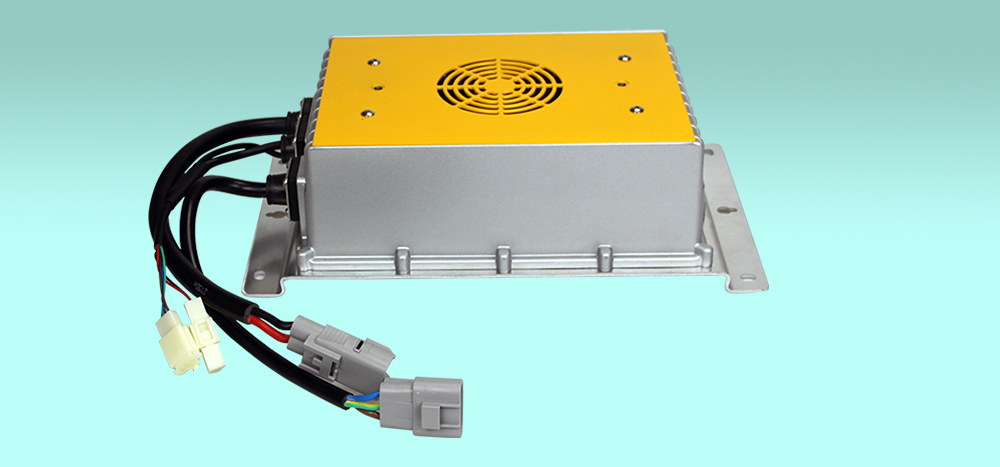
Enjoy exceptionally quick charge times and prolonged battery use.
The 25A Adaptive Fast Charging is one of the most intelligent way to charge your lithium battery. Not only is it quick, but it also knows when to cease charging to extend your battery’s lifespan. Simply charge your battery from any power outlet.
Being compatible with fast-charging chargers ensures you’ll rarely run out of power.

The 48V DC Lithium Battery Gauge provides real-time monitoring of battery level. Its intuitive display offers a clear visual representation of the battery’s current state, allowing users to gauge their consumption and plan accordingly.
Equipped to handle the specific characteristics of lithium batteries, this gauge is an essential tool for anyone seeking efficient and effective battery management. Whether it’s for recreational, commercial, or industrial use, the gauge ensures you’re always informed and in control.

The Adaptive Bracket Kits are precision-engineered solutions designed to securely mount and stabilize your lithium battery within your cart. Crafted from high-quality materials, these bracket kits ensure a snug fit, reducing vibrations and ensuring optimal battery performance throughout its lifespan.
The adaptive design accommodates various battery sizes and configurations, guaranteeing a seamless integration with your specific cart model. Beyond just holding the battery in place, the bracket kits also facilitate optimal heat dissipation, ensuring the battery remains within safe operational temperatures.

The Principle For Choosing Battery Types
The Instructions For Installing Lithium-ion Batteries

It should come as no surprise that standard sealed lead acid (SLA) batteries are incredibly heavy. And the longer you want your battery to last, the heavier the unit will be. These batteries make even the zippiest light-weight golf cart incredibly heavy. And the heavier your golf cart is, the slower it’ll move across the course. Worse, if you’re playing on damp turf, the cart will sink in. No one wants to be responsible for leaving tire tracks on the fairway.Lithium golf cart batteries are much lighter. This makes your golf cart easier to maneuver and helps you reach a comfortable speed faster. As an added bonus, lighter golf carts need less power to move. Less power means less drain on the batteries, so you can expect a longer-lasting charge cycle with each use.
All batteries, whether SLA or lithium, can get charged a set number of times before they start losing their ability to hold a charge.The more you use the battery, the less charge it holds. This means you’ll need to plug the golf cart in more often once the batteries reach their maximum number of charge cycles. So, what exactly counts as a charge cycle? One cycle is when the battery goes from fully charged to completely empty. After several hundred charge cycles, the battery will stop charging to 100 percent. The more you use the battery, the lower its total capacity gets. Lithium batteries handle more charge cycles than SLA models, letting you get more out of each unit.
When you bought your golf cart, you probably thought the only maintenance you’d need to do would be to the cart itself. But if you have SLA batteries, you’ll need to maintain them as well.These batteries need to get topped off with distilled water every few months. If the cells in the battery go dry, the battery stops holding a charge. Though it only takes a few minutes to service your batteries, it’s still time you’re spending away from the golf course. Lithium batteries are virtually maintenance-free. All you need to do is inspect the connections and clean them as needed. This means less time tinkering and more time perfecting your swing.
Once you’re ready to replace your batteries, you can recycle them. But some batteries are harder to recycle than others.Lithium batteries are easier to recycle and put less strain on the environment. This means they’re the most eco-friendly battery type on the market! All you need to do is find a licensed battery recycling drop-off location.
SLA batteries are full of corrosive acid. It’s part of what makes the battery hold a charge and produce electricity that your golf cart uses to run. If the battery leaks or the casing corrodes, you’ll have to face an acid spill. These spills are hazardous to the components of your golf cart, the environment, and your health. And the only way to prevent them is to keep the batteries properly charged and stored at all times. For most golf cart owners, that’s not an option. After all, you’re out on the course using the cart, not storing it for weeks at a time. Quality lithium batteries don’t contain the same acids as standard SLA models. They have protected cells that generate the power you need. This means you won’t expose yourself to the chemicals inside even when you inspect them for wear and tear.
As we said earlier, lithium batteries can go through more charge cycles than SLA batteries. This means they last longer. And the longer your batteries last, the less you’ll spend on replacements. Over the life of the battery, you’ll spend far less on maintenance costs.But that’s not all. Lithium batteries are more efficient. Their charges tend to last longer. And the less you have to charge your batteries, the less you’ll pay on your electrical bill!
A lithium golf cart battery has more power than a comparably sized SLA battery. What this means for your golf cart is a huge improvement in speed and power. The more power your batteries give your engine, the easier it is for the cart to navigate uneven terrain. And when you’re on the flat, that same power means you’ll go faster without draining your batteries as quickly!
If you’re a year-round golfer, you need the cart to work in all weather conditions. This includes freezing temperatures. But some batteries drain faster in cold weather. This means you could find yourself stranded on the back nine. By upgrading to a lithium battery, you’ll have to worry less about the weather. Lithium cells work well in all temperatures. And though you might see a slight decrease in power in extreme conditions, you’ll still make it through your round before having to plug in.

You can categorize the different types of golf carts in three ways:
Gas or Electric
2-seater, 4-seater,6-seater or 8-seater
Golf, personal, work
Regular, lifted
Each of these categories is a selection that you can make when purchasing a golf cart. You can have an electric 6-seater golf cart used for work or you can have a 2-seater gas golf cart used for personal use. a lifted cart for off-roading . Golf carts do not typically come in sport, performance, or lite categories.
There are two categories of golf cart batteries, each with some subsets.
Deep Cycle Lead Acid Batteries
Lithium-Ion Batteries
There are pros and cons to each type of battery. Most golf carts come standard with a deep cycle lead-acid battery.
Lead-acid batteries cost less upfront, but do not last as long as their competitor and require regular maintenance throughout their life span. The rate you use your golf cart with lead-acid batteries will also determine how long your lead-acid batteries last (as a pack). For example, you should run down the batteries to a ¼ charge level +/- on a regular occasion to ensure they cycle properly and get the advantage of a longer, slower charging cycle.
Lithium-ion batteries last longer than lead-acid and do not require maintenance while in use, but they do cost significantly more for those added benefits. Lithium-Ion batteries are made for deep cycle applications and are sealed units. There are no water levels to check and the degree that you use your golf car on any occasion does not matter regarding cycling or recharging times. A Lithium-Ion battery controls it’s voltage output in conjunction with the car’s speed controller, so you have more power when needed and less power when it’s not needed.

The most important things to consider before purchasing a golf cart are what you need a golf cart for and what type of golf cart you want.
Ask yourself some of these questions before buying:
What will I do with my golf cart?
How much weight does it need to carry?
How many seats do I need?
What type of terrain will I drive my golf cart on?
Does my golf cart need to be street legal? / Will I drive my golf cart on the road?
Do I want Gas or Electric?
Golf cart batteries typically last anywhere from 4-10 years.
Put another way, a lithium-ion battery should last between 2,000 and 5,000 charging cycles. A lead-acid battery should last somewhere between 500 and 1,000 charging cycles.
That’s quite the range. The reason for the wide range is because there are different factors that will affect your golf cart battery life span. The amount of daily or weekly use will determine how quickly your battery wears out. Some other factors that can influence how long a battery lasts in a golf cart include:
How fast you typically cruise
How far each ride is
How quickly you drain each full charge
Terrain
Temperature
Note: Lithium-ion batteries weigh less than lead-acid, they do not lose power as their voltage dips, they charge 80% faster than lead-acid.
The price depends on the voltage and on the “AH”. AH stands for ampere-hour and is the amount of charge in a battery that will allow one ampere of current to flow for one hour.
The higher the AH, the longer one charge on the battery will last, like having a bigger fuel tank in a car. This will also increase the price of the battery.
The higher the voltage or AH, the more expensive the battery will cost.
The higher the AH is on an Lithium battery, the longer run time you will have.
Like Stated Above ,AH stands for ampere-hour and is the amount of charge in a battery that will allow one ampere of current to flow for one hour. The mileage you can make will depend on golf cart models/Load/Battery size /Terrain/Speed .
● Small battery with small current drain out >long mileage
● Small battery with big current drain out >battery will drain out shortly, with short traveling mileage
● Big battery with small current drain out> extra long mileage
● Big battery with big current drain out >battery will drain out as predicted ,with decent mileage
● Big Battery with times of rated current drain out >battery will drain out shortly, with short traveling mileage
● For Heavy Models like 6-seater lifted carts ,8-Seater people carriers >Big motor /controller /battery is needed
● For Light Models like 2-seater golf carts with heavy loads >Big motor /controller /battery is needed
● For Light Models like 2-seater golf carts used in steep terrains > Big motor /controller /battery is needed
● For Heavy Models like 6-seater lifted carts used in steep terrains > Big motor /controller /Extra large battery needed
● Under Size Battery
● Drawing more amps than the battery is rated to continually discharge in the specifications
● Over speed driving
● Exceed terrain limits
● Exceed payload limits

